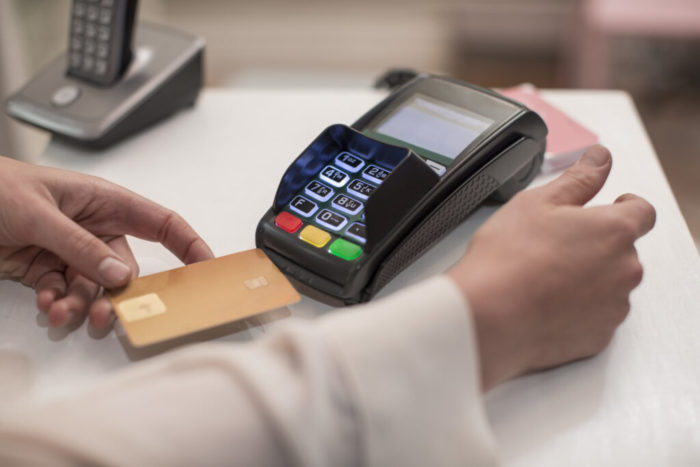Flexible to Invisible: The Future of credit and debit cards
August 2021
There are over 30 million payment cards in circulation in South Africa, including credit and debit cards.
Plastic payment cards are also a significant growth market for financial services providers, as transaction volumes continue to grow year on year, as they displace other payment methods like cash and cheques.
Since the creation of the credit card back in the 1950s, it continues to be one of the payment methods of choice globally. Debit cards are going through an evolution, becoming either contactless or virtual in the form of wallets. There are a staggering number of debit cards being used in South Africa, with more than 86% of these cards enabled for contactless transactions.
There is a significant opportunity to innovate everyday transactions, as the Covid-19 pandemic has helped oust cash in favour of tapping. But the world is changing, so is the system of payment acceptance and the underlying technology.
Online transactions continue to grow at a faster pace than face to face transactions, in part due to the pandemic, and due to newer payment methods like Apple Pay and Amazon Pay. These innovations have far reaching implications for the industry.
Card Usage Evolution
Some insight into how cards will be used going forward, can be gleaned from looking at how card management features are being added to mobile applications. Both debit and credit cards are becoming more mobile phone centric, with more features being controlled by apps.
This gives cardholders more flexibility over how the card is used across different environments, as well as having the ability to manage card features on the move, e.g. changing the PIN, changing spend limits, and blocking a card from being used, to name but a few. Although still in its infancy, when it comes to adopting new ways of transacting, the digital wallet from Apple, Apple Pay is a good indication of how these products will evolve. These digital wallets or apps can also help with industry challenges like fraud and security by enabling the immediate “report a lost card” feature, enabling better authentication through facial recognition and other biometrics. There is also the ability to allow more controls on spending at the point-of-checkout, allowing spend to be managed by category, retail store or type of product.
Our drive to be a completely cashless society may have seemed unreal at present, but recent technology and societal changes have helped speed things up somewhat. These trends have long-range implications for the card industry





